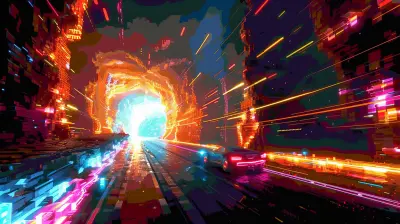How Character Classes Have Evolved in JRPGs
1 June 2025
Let’s talk about character classes in JRPGs (Japanese Role-Playing Games). If you’ve been around the gaming scene for a while, you’ve seen how these have changed over the years. From the humble beginnings of simple warrior, mage, and thief archetypes to today’s multi-layered hybrids and job systems, JRPGs have come a long way in making us care deeply about the roles our characters take on.
Whether you’re grinding levels in Final Fantasy, strategizing in Fire Emblem, or diving into the complex systems of games like Persona, character classes are the heart and soul of how we interact with these games. They add depth, strategy, and that oh-so-satisfying feeling of progression. But how did we go from cookie-cutter roles to today’s intricate and diverse systems? Let’s break it down.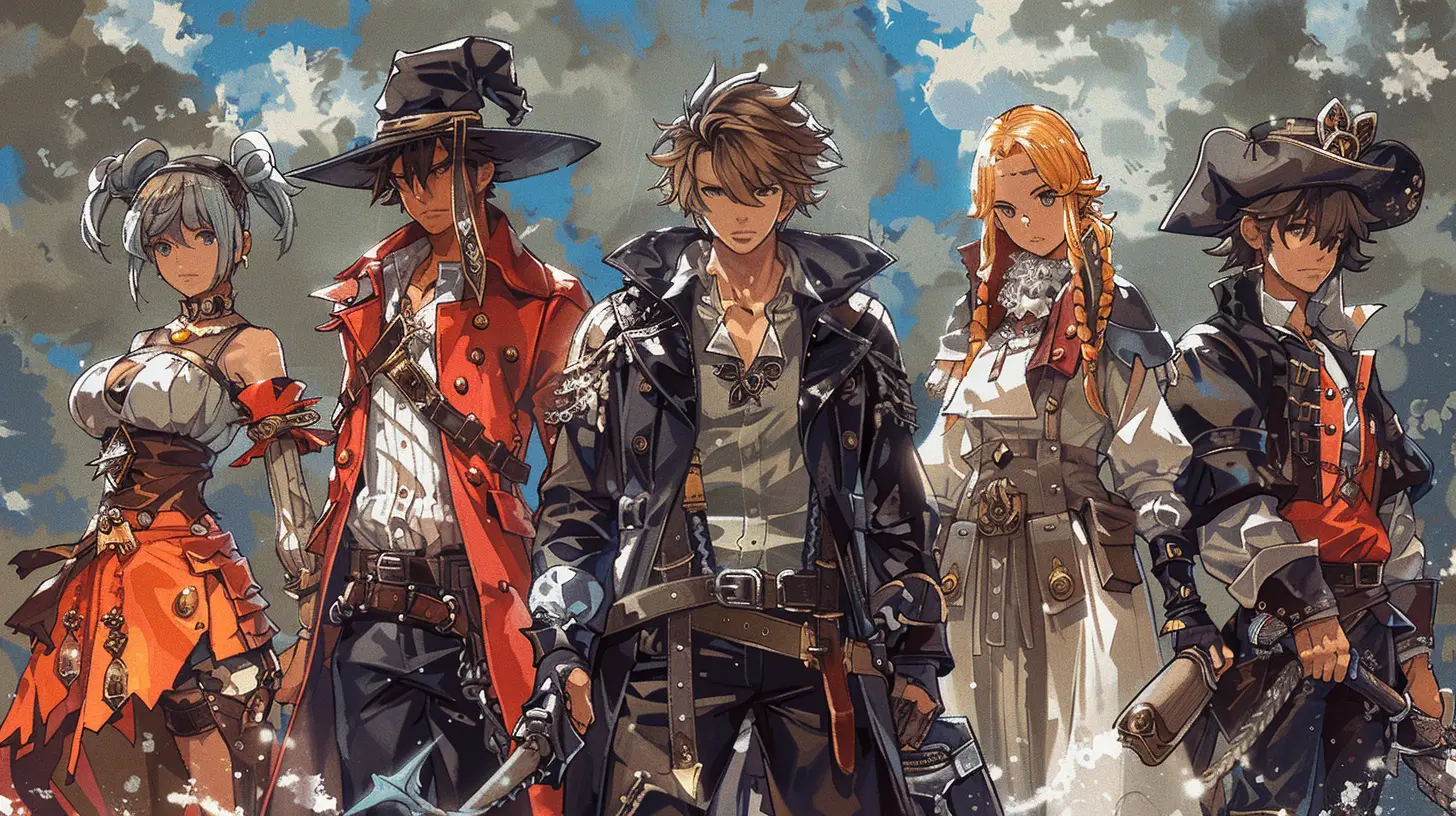
The Roots: Basic Archetypes
In the early days of JRPGs, things were pretty simple. If we’re stepping back into the 8-bit and 16-bit eras, games like Dragon Quest and the original Final Fantasy were the trailblazers. What did they offer? Basic archetypes like the Warrior, Mage, Cleric, and Thief.Back then, each role was crystal clear. The warrior was your tank—they soaked up damage and dealt heavy blows. The mage? Glass cannon. You had your cleric for healing (because someone had to patch up all the damage), and the thief gave you speed and utility, occasionally stealing loot. These roles were straightforward, and, honestly, they worked. Simplicity was key because the hardware of the time didn’t exactly allow for elaborate systems.
But here’s the thing: while those archetypes were functional, they weren’t flexible. You picked your party, and that was that. There wasn’t much you could do to change the path you were on. Sure, it made sense for its time, but as gamers got more creative, they wanted more options. And boy, did developers deliver.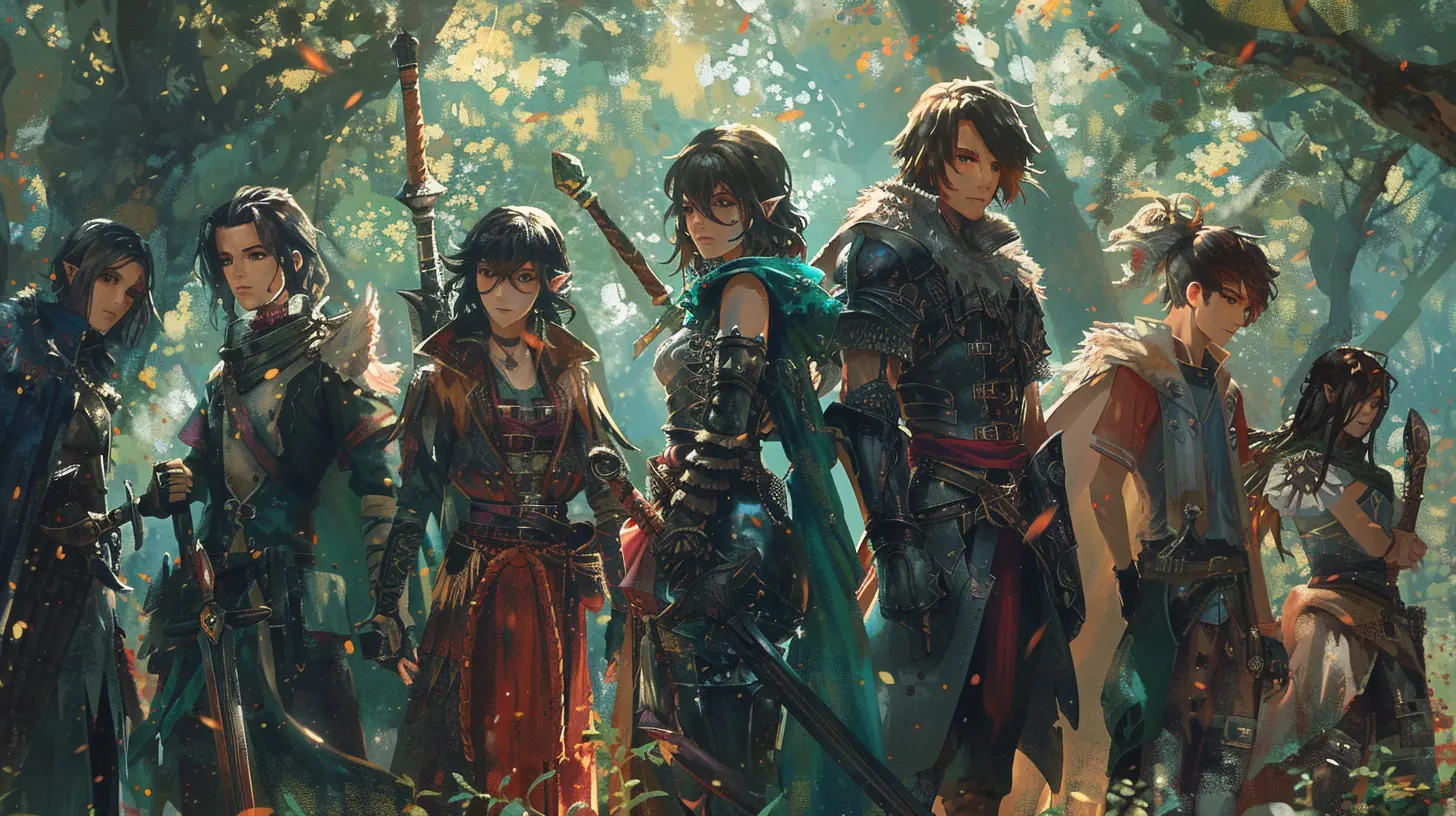
The Rise of Job Systems: Freedom to Customize
Then came what I like to call the "Job System Revolution." This approach first hit the scene big-time with Final Fantasy III (the Japanese one, not the Super Nintendo misnumbering madness). The job system tossed aside the shackles of fixed classes and allowed players to switch roles on the fly. You want your warrior to dabble in black magic? Go for it. Need your mage to pick up a sword for close combat? Knock yourself out.Final Fantasy V took this concept and ran with it, refining the Job System into a masterpiece. You didn’t just choose a role—you could mix and match abilities from different jobs. It was like crafting your own Frankenstein monster of a character—a warrior with healing spells or a mage who could dual wield swords. It added a new layer of strategy, encouraging experimentation.
And let’s not forget Tactics-style games like Final Fantasy Tactics and Tactics Ogre, which became a playground for job-based systems. These games turned character progression into a chess match, rewarding players who dug into the mechanics. 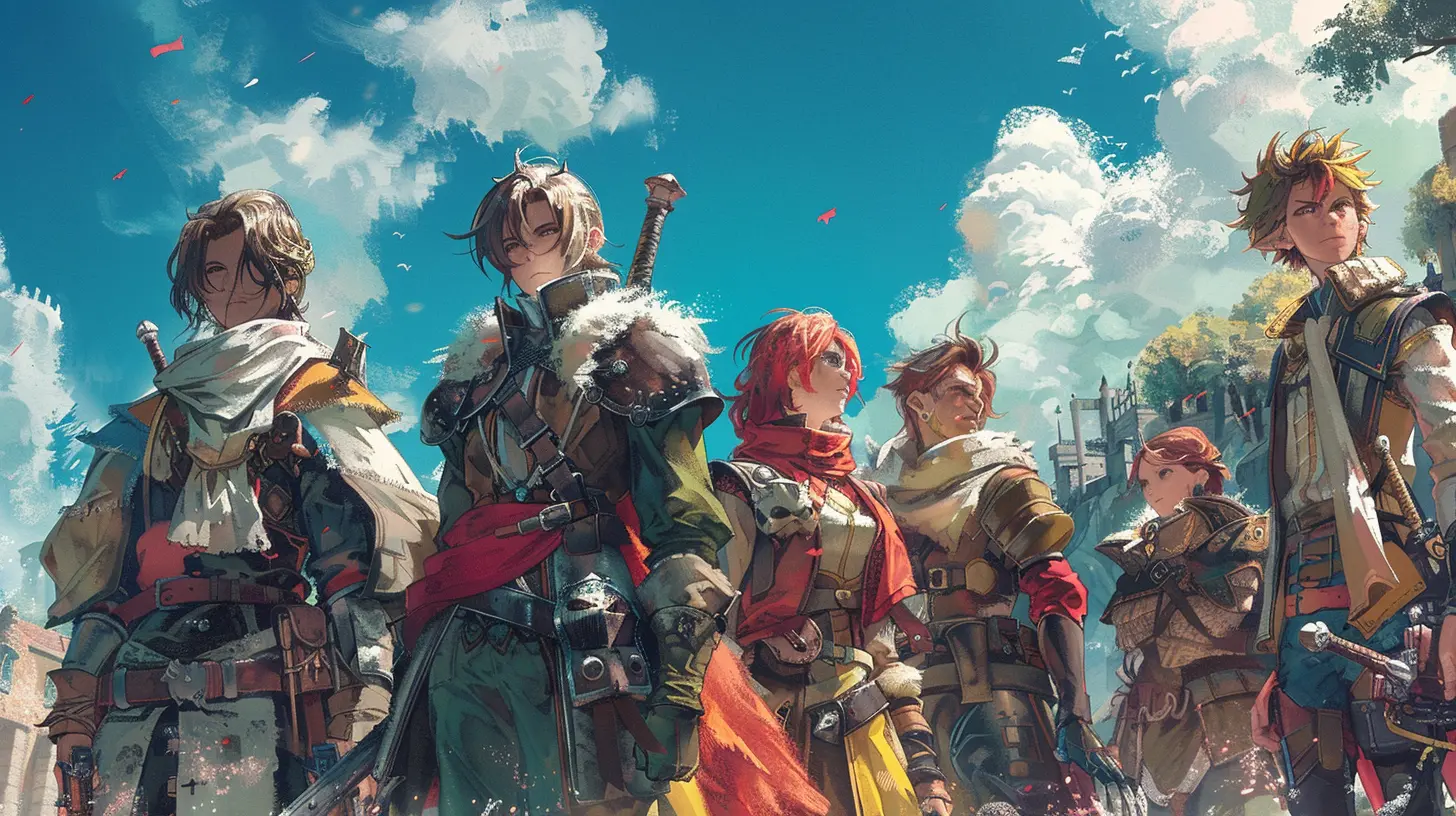
Character Classes in the Modern Era: Beyond Archetypes
Fast-forward to today, and things have gotten even more complex. Modern JRPGs have stretched the concept of character classes to their absolute limits. It’s not just about picking a class anymore—it’s about discovering what makes sense for both the character and the story.Take Persona 5, for example. Instead of traditional classes, each character represents a facet of human psychology (and tarot cards, but that’s a whole other conversation). Sure, Joker is your all-rounder who can wield multiple Personas (basically your "job system"), but his teammates each fill unique roles with their own strengths and weaknesses. Ryuji is your bruiser, Morgana is your healer, and Ann is your magical nuke. It’s more about personalities translating into playstyles than stock templates.
Or look at Xenoblade Chronicles. It doesn’t just assign classes—it blends them so intricately with the world and characters that it feels like storytelling and gameplay are one and the same. Your blade and driver pairings (essentially a class system) not only impact your in-game abilities but also reflect the relationships between characters.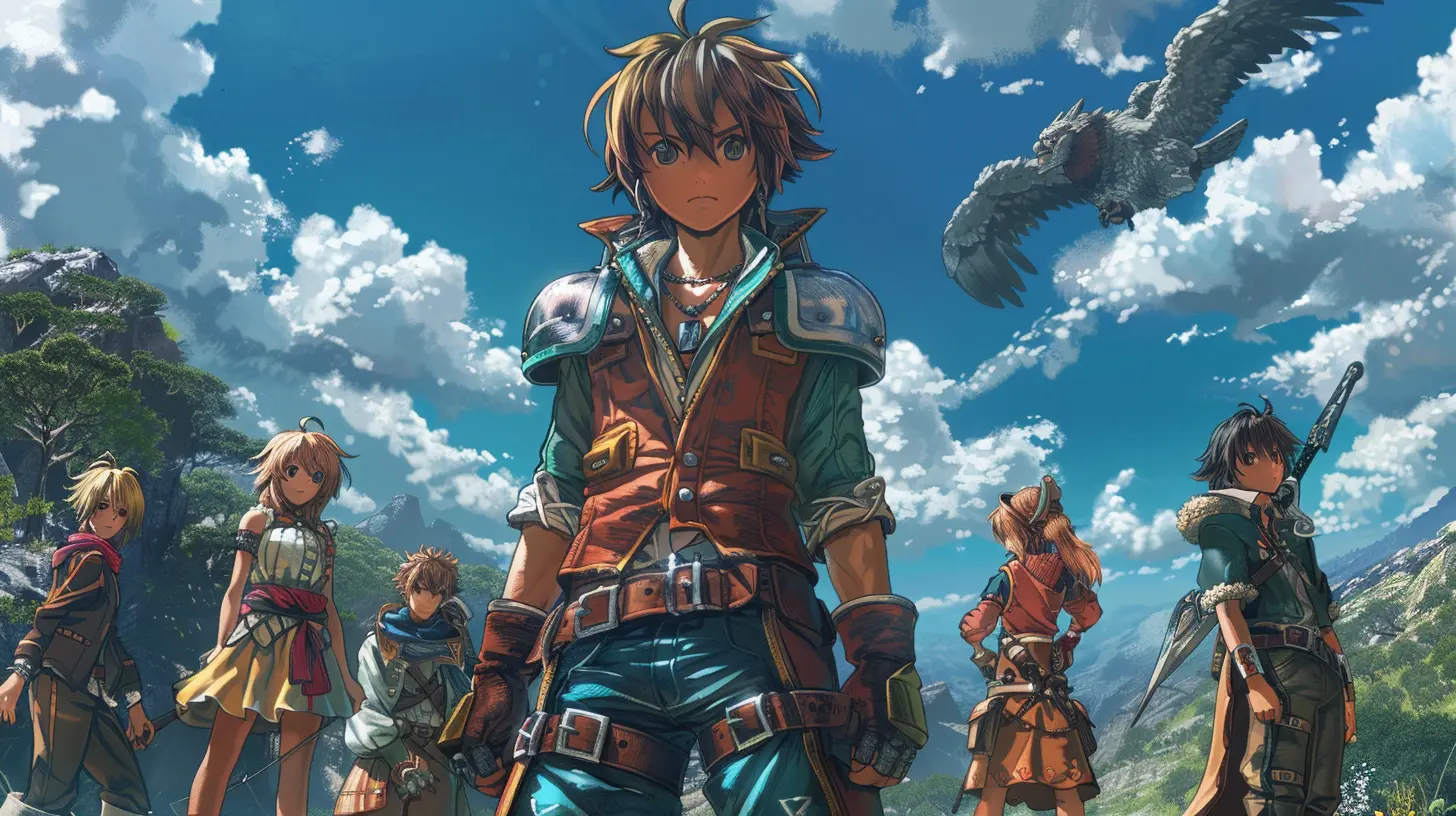
The Birth of Hybrids and Multi-Classing
One of the most exciting trends in JRPGs is what I’d call the rise of hybrids. Developers are no longer afraid to blur the lines between traditional classes. Who says a warrior can’t toss out a fireball? Why shouldn’t a healer swing a sword? These hybrid systems give us freedom—true freedom—to play the way we want.Games like Bravely Default epitomize this idea. The job system here isn’t just a nod to Final Fantasy; it’s a love letter to the flexibility those systems brought. You can assign sub-jobs, combining abilities from two classes to create something uniquely yours. Want a White Mage with fencing skills? Done. How about a time-bending ninja? Let your imagination run wild.
Even Persona 3’s Social Link systems, while primarily a storytelling mechanic, subtly introduced hybridization. Bonding with NPCs unlocked unique abilities that could reshape how you approached battles. It wasn’t just about roles—it was about relationships and how they enhanced gameplay.
JRPGs and Personality-Driven Classes
One of the most fascinating shifts in JRPGs is how classes have evolved into what I call personality-driven roles. Back in the day, character classes felt like hats your heroes put on. Today, they’re intricately tied to who those characters are.Take Octopath Traveler, for instance. Each character has a job rooted in their personality and backstory. Therion is a thief because, well, he’s a literal thief by trade. Ophilia channels her faith as a cleric, while Cyrus’s insatiable thirst for knowledge makes him a natural scholar. And yet, the game also lets you expand their roles—you can assign secondary jobs to further refine their skills. It’s like adding a new layer to their personalities.
This trend isn’t just about gameplay—it’s also about immersion. We’ve reached a point where a character’s job is an extension of their identity, making our connection to them even stronger.
The Role of Technology: Bigger, Better Systems
Let’s not forget how technology has played a major role in the evolution of character classes. Modern consoles and PCs give developers the tools to create intricate systems that were unimaginable during the 8-bit era. More memory and better processing power mean more nuanced class systems.Online connectivity has also opened the door for MMORPG elements to bleed into traditional JRPGs. Games like Final Fantasy XIV have distilled the essence of the job system into a living, breathing world. You can switch jobs on a whim, perfecting your playstyle for the task at hand. The growing influence of live-service models is shaping how we think about classes—not as static roles, but as fluid identities we can tweak and refine.
The Future of Character Classes in JRPGs
So, what’s next? If the past tells us anything, it’s that the evolution of character classes in JRPGs is far from over. Developers are leaning harder into customization and storytelling than ever before. Systems are getting deeper, blending gameplay mechanics with emotional storytelling in ways that keep us hooked.I wouldn’t be surprised to see future JRPGs push even more towards character-driven narratives. A world where your class isn’t just about stats and skills, but how it shapes your interactions with the game’s universe. Imagine a JRPG where your choices in battle fundamentally alter your story. Heck, we’re kind of already there with games like Fire Emblem: Three Houses blending tactical battles with relationship-building mechanics.
Conclusion: From Archetypes to Individuality
JRPG character classes have grown alongside us. They’ve evolved from rigid archetypes to dynamic roles that reflect personality, story, and player choice. What once felt like picking from a menu now feels like co-writing a story. Isn’t that what makes JRPGs so magical? They take something as functional as a “class” and make it something meaningful—a mirror of the worlds they create and the players who explore them.So next time you dive into a JRPG, cherish the freedom you have now. Whether you’re rocking a rogue who heals or a mage in heavy armor, these systems are proof that the genre continues to innovate. And honestly, as gamers, we’re spoiled for choice.
all images in this post were generated using AI tools
Category:
JrpgsAuthor:

Kaitlyn Pace
Discussion
rate this article
3 comments
Ardent Pace
Character classes in JRPGs have undergone a revolutionary transformation, breaking free from archaic molds. Today's diverse roles encompass dynamic hybrids, complex skill trees, and multifaceted narratives that defy traditional expectations. Embrace the evolution; it’s not just about roles anymore, but crafting unique identities that resonate with players on every level!
June 15, 2025 at 2:54 PM

Kaitlyn Pace
Thank you for your insightful comment! I completely agree—today's JRPG character classes offer a rich tapestry of identities and mechanics that enhance player engagement and storytelling. Embracing this evolution is key to understanding the genre's future.
Lena Jones
Great article! I really enjoyed the insights into how character classes have transformed in JRPGs over the years. It's fascinating to see how developers innovate while honoring traditional roles. Looking forward to more discussions on the impact of these changes on gameplay and storytelling!
June 11, 2025 at 4:10 AM

Kaitlyn Pace
Thank you! I'm glad you enjoyed the article. I look forward to exploring these topics further in future discussions!
Harvey Coleman
Interesting insights! Classes really shape our gaming experiences.
June 3, 2025 at 2:41 AM

Kaitlyn Pace
Thank you! I'm glad you found it interesting. Classes indeed play a crucial role in defining our gameplay experiences!
